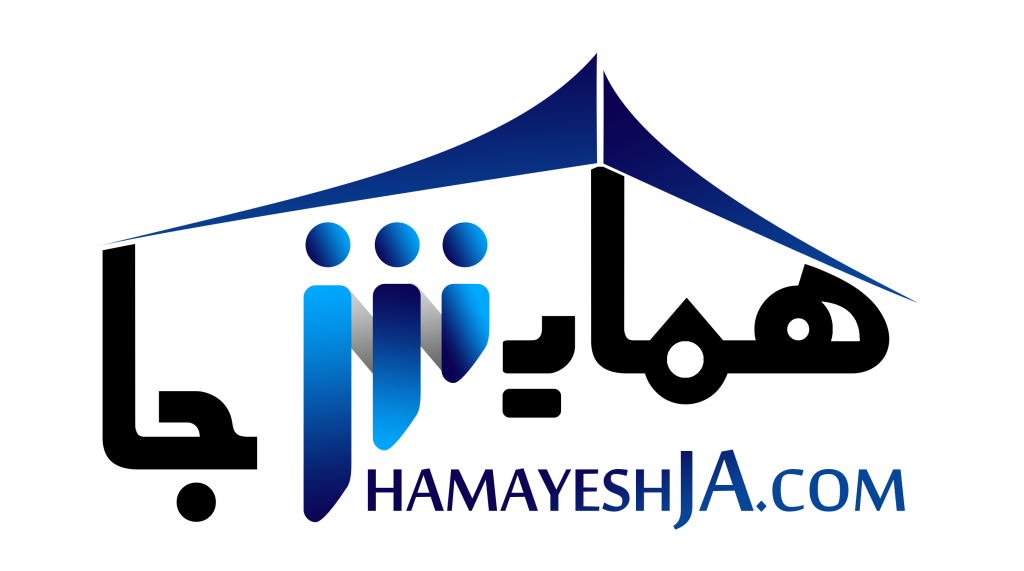Just like the previous VCS, GitLab is a remote host for repositories. It was created by a team of two developers, one from Ukraine and another from the Netherlands, and put out on the market in 2014. But GitLab does not just store the code and facilitate collaboration, it does difference between git github gitlab and bitbucket much more. GitHub was founded in 2008 by California developers and, in mid-2018, it was acquired by Microsoft. When you send a pull request in Bitbucket, it shows the test results of security scans directly in a visual format, making it easier for users to analyze the code.
What Should You Look For in a Code Repository?
Bitbucket also complies with several important compliance programs, such as SOC II and SOC III, which means it has passed the security and privacy control audit. We’re a place where coders share, stay up-to-date and grow their careers. The response to which Git to opt for depends primarily on your team’s needs, likes and budget. Here are some general recommendations derived from the strengths and shortcomings of each platform to assist you in making a knowledgeable decision. Bitbucket was launched as an independent company in 2008, working primarily with Mercurial Projects. To help keep issues actionable, GitHub provides a separate space for free-form discussions, announcements, and Q&A.
Github’s Pull Request Feature
To wrap up our comparison, let’s walk through each platform’s main advantages and disadvantages and determine their use cases. According to GitLab’s case studies page, the tool is used by Drupal, Ticketmaster, BI Worldwide, and other enterprises. According to Google Trends, the popularity https://traderoom.info/ of GitHub has been fairly consistent over the last two years. Learn more about the main stages of product development lifecycle to build a sustainable product. Comparing Gitlab vs Github, the latter’s weak spots are popularity (the community is not nearly as active) and speed.
- For example, when viewing a code file in a repository, you can normally see the symbols (methods, fields, etc.) it contains as well as see references to any symbol when you click on it.
- Developers define which files they would like to be shared, make sure they are named and saved correctly.
- Set up branch permissions to enforce specific workflows and prevent errors, such as accidental deletion.
- Version control is the backbone of any software development pipeline, enabling multiple users to simultaneously develop the same code base.
Teams, Repositories, Organizations?
Every time you’re ready to save your changes on a branch you “commit” those changes. This works on any changes, including changing characters within the file, updating images, renaming files etc. The version they’re working on will have all the history of changes up till that point, and they can synchronize at any time to fetch newer changes. We deploy Go services to our K8S clusters with warp speed thanks to Gitlab and it’s Auto Devops pipeline. Do you have a K8s cluster and you want to deploy some services to it?
Major Update! Open-Source No-Code/Low-Code Platform NocoBase v1.0 Officially Released!
It is the largest host of source code in the world, at the time of writing it has over 65 million users and over 30 million public repos. They are for backing up your repos in the cloud, and working with other developers, or even working with yourself via other devices. I would recommend starting with GitHub since you are a new developer. Companies will want to see your GitHub when you start applying to jobs, and having one will be a great plus going for you.
The range of features offered by GitLab may present a steeper learning curve for new users when compared to GitHub. One of GitHub’s limitations stems from the fact that it doesn’t provide dedicated support for nondevelopment roles, such as design and quality assurance management. In addition, GitHub provides hosted runners based on Linux, Windows, or macOS and lets you connect to your own self-managed runners if you want more freedom in terms of hardware and environment specs.
It will keep your large files in parallel storage to your code and store the lightweight references in your Git repository. The Jira integration lets you see which repositories your team members are working on and which projects are ready to release, ensuring transparency in the workflow. Bitbucket has a clean interface that makes it easy to find what you need. Its sidebar navigation helps check repository elements such as the projects, branches, and deployments. It’s currently the largest code repository, with more than 100 million repositories within it. Meanwhile, DVCS supports multiple repositories, allowing developers to have their own local repositories and work autonomously.
For example a “pull request” in GitHub and Bitbucket is called a “merge request” in GitLab. GitLab imports your repositories, wikis, issues, pull requests, and milestonesfrom GitHub,as well as from Bitbucket. Enter Rewind, a tool that protects your data against crashes or failures. Rewind allows teams to back up their GitHub and Bitbucket repositories (among other data types) safely and securely.
Apart from this, a remote repository also serves as a backup for your code in case your laptop or computer suddenly fries. I can push the branch up at any time without impacting the main branch, and this is recommended so that I have a backup of my work. I can then work on this branch locally and as long as I haven’t pushed the branch up (think of this as “uploading” my changes) other developers won’t be able to access this branch. A developer can then create their own branch, for example if I was working on a new upload user profile image feature I might call this branch upload_user_avatar. This is one of the main reasons Git was created, as a way for developers all over the world to work together on the same project without tripping over each other’s changes. GitHub provides great user experience ans most developers are familiar with it.
With everything from backups, staging, cloning, atomic deployments, and more – RunCloud makes it easy to manage your own production-grade infrastructure. Developers can share code snippets and files with each other, allowing them to quickly get feedback and resolve issues. One of the major benefits of using GitLab is that it comes with compliance control built in.
One of the main differences between the two services is that GitLab is open source which means you can download the source code from here and self host the service on your own servers or on a cloud provider. We chose GitHub for version control hosting because of its high-quality and performant pull request user interface, as well as GitHub Actions. All three of these services also offers a self-hosted option – typically for enterprise customers or users with special security requirements. Finally, Bitbucket has the option to create public repositories, but they do not currently offer a search feature. Bitbucket’s user profiles are also anaemic, and their static site hosting doesn’t allow custom domain names.
However, Bitbucket Cloud users can view, edit, or clone a public wiki even if the repository is private. Meanwhile, public wikis are fully editable, even for users who don’t have a Bitbucket account. Bitbucket also offers the Bitbucket Data Center for organizations or enterprises that need larger storage solutions.





